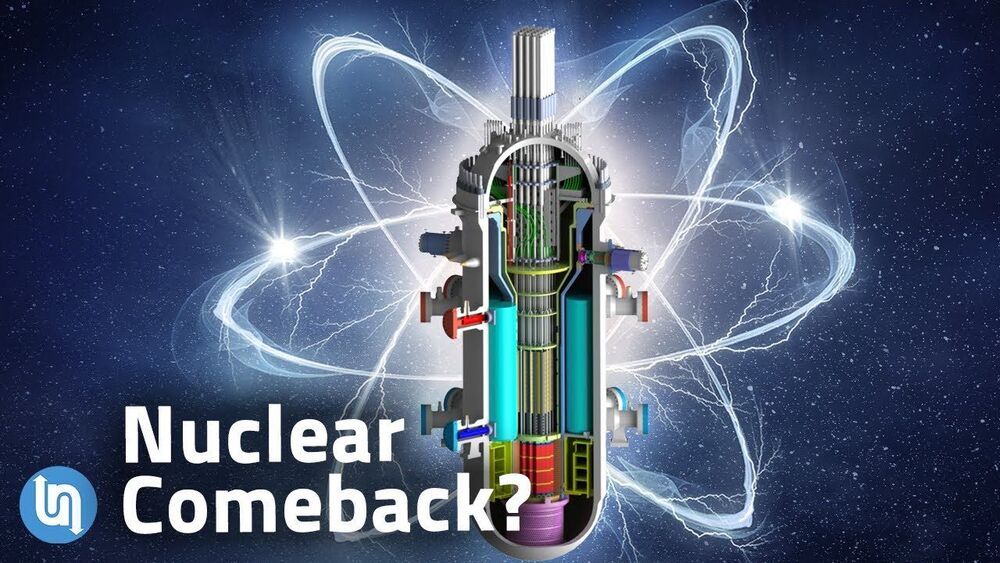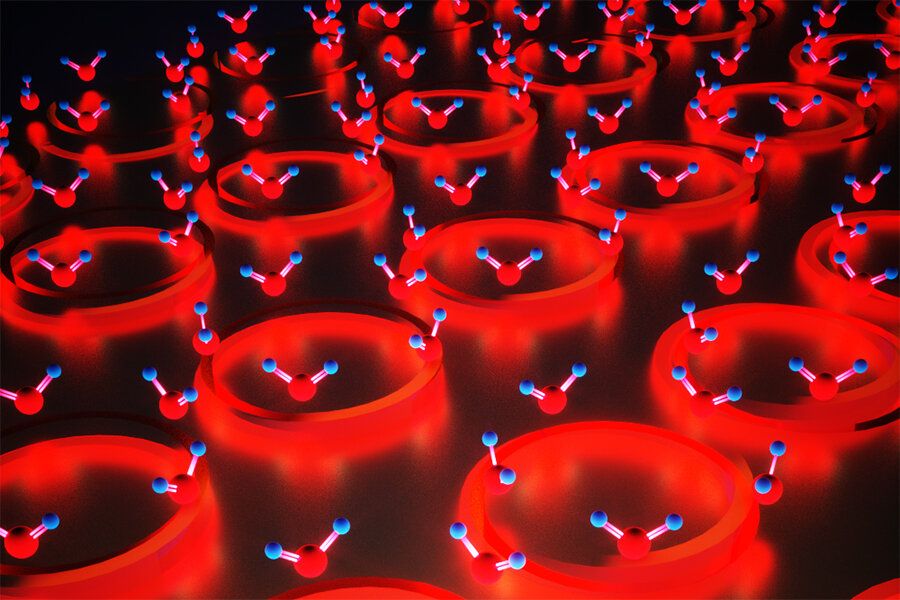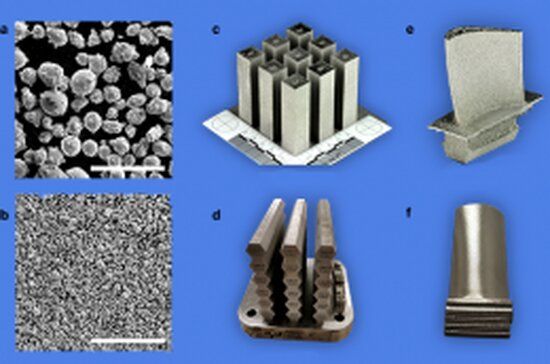Nuclear Power’s Future? Get Surfshark VPN at https://surfshark.deals/undecided and enter promo code UNDECIDED for 84% off and 4 extra months for free! With the growing popularity of solar and wind, we sometimes forget another powerful low-carbon energy source: nuclear. It can be a divisive topic, but there’s a really interesting alternative to building out massive, expensive nuclear plants that’s worth talking about: Small Modular Reactors. What are they? What are the benefits? And do they really address the downsides of nuclear energy?
▻ Watch Liquid Air Battery Explained — Rival to Lithium Ion Batteries? https://youtu.be/yb1Nuk3_t_4
▻ Follow-up podcast episode: coming soon — http://bit.ly/stilltbdfm.
▻ Full script and citations: https://undecidedmf.com/episodes/2020/12/1/small-modular-rea…rs-future.









